We're Foot Health Specialists
Foot and Heel Pain Assessment
A complete foot assessment and medical history can identify the origin of foot pain. Acute pain may require immobilization, and physical therapies. Chronic structural problems may require Orthotics, Insoles, and Footwear advice.
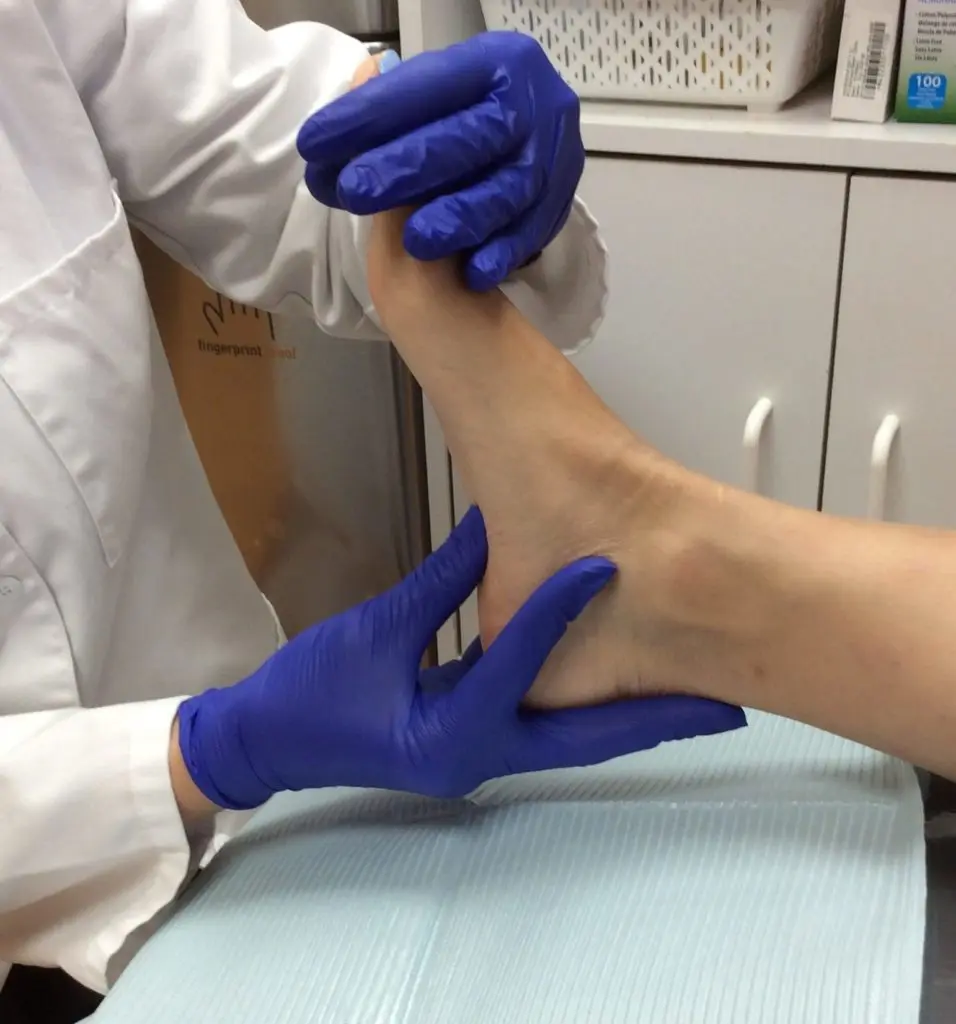
Skin & Nail Care
All ages require skin and nail care. Skin and nail conditions such as calluses, corns and ingrown or problem nails can be treated and prevented from returning. Skin and nail infections such as athlete’s foot, warts and wounds can be successfully treated and resolved.
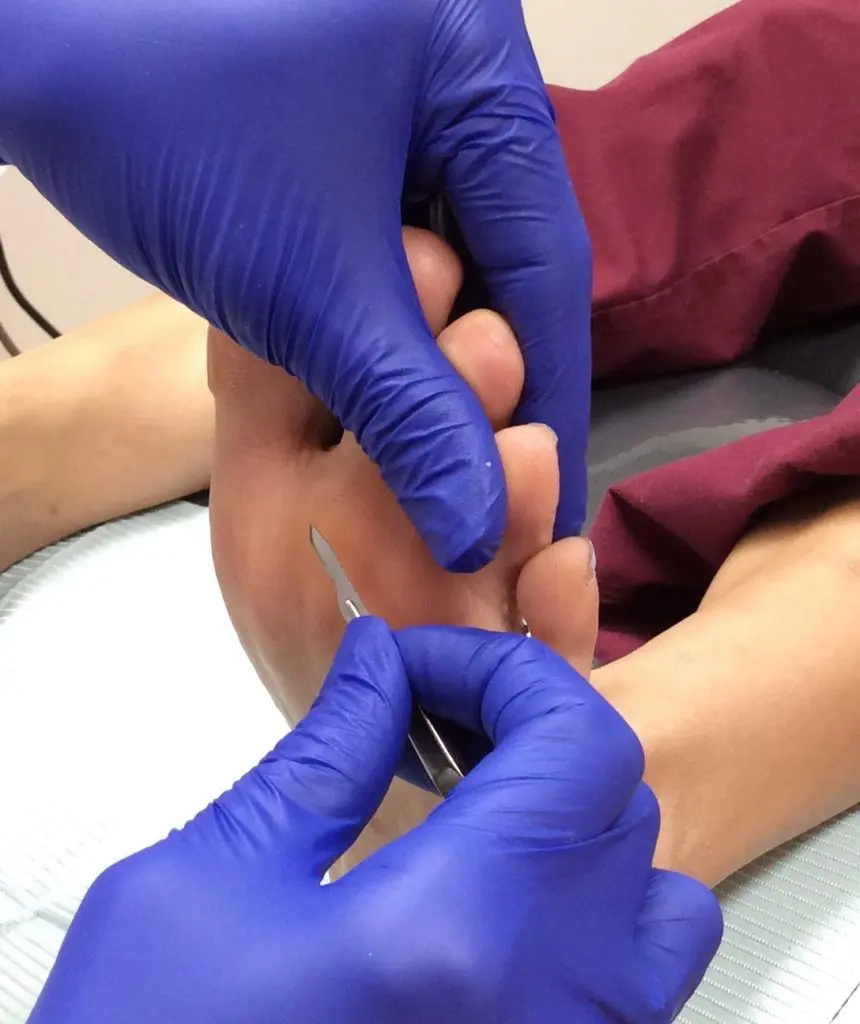
Diabetic Foot Care
Regular foot health care and education are particularly important for people with increased risks of foot problems including those with diabetes, arthritis, nerve and circulation problems.
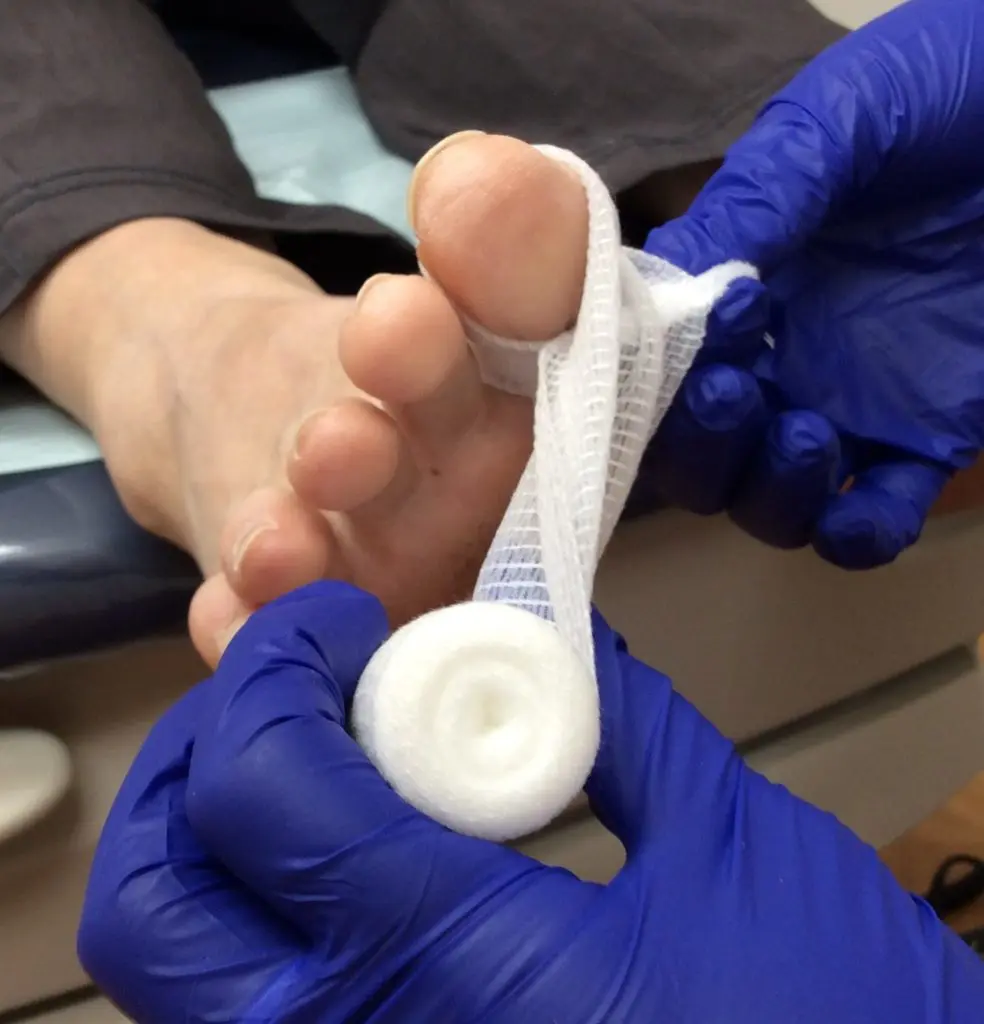
Soft Tissue Surgery
Surgery may be required as a permanent solution to skin and nail problems. All soft tissue surgeries are done in office under local anesthesia and under sterile conditions.

Children’s Foot Care
Children’s feet require special care, since their feet are rapidly changing, growing, and developing. Foot care treatment Insoles and orthotics tailored specially to the growing bones, joints, and muscles of your children’s feet are provided. Assessment and guidelines on children’s footwear provide a solid foundation for life.
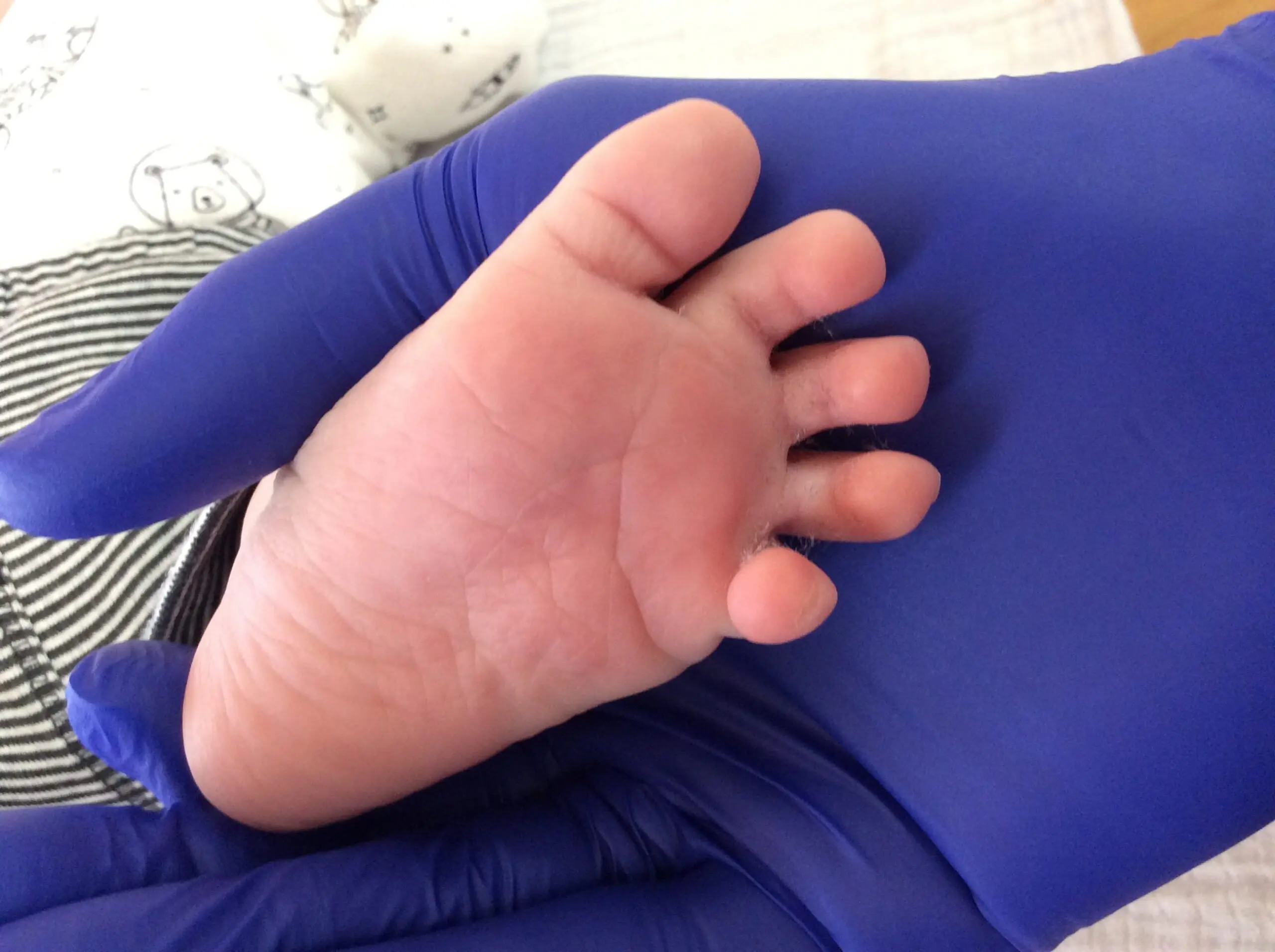
Custom Made Orthotics
Before we prescribe Orthotics, we perform a Biomechanical Assessment and Gait Analysis to determine how the feet function and what needs to be corrected. The corrective Orthotics can be modified on site, in our lab to fit into any size shoe. Orthotics correct the way you walk, creating optimal foot function.
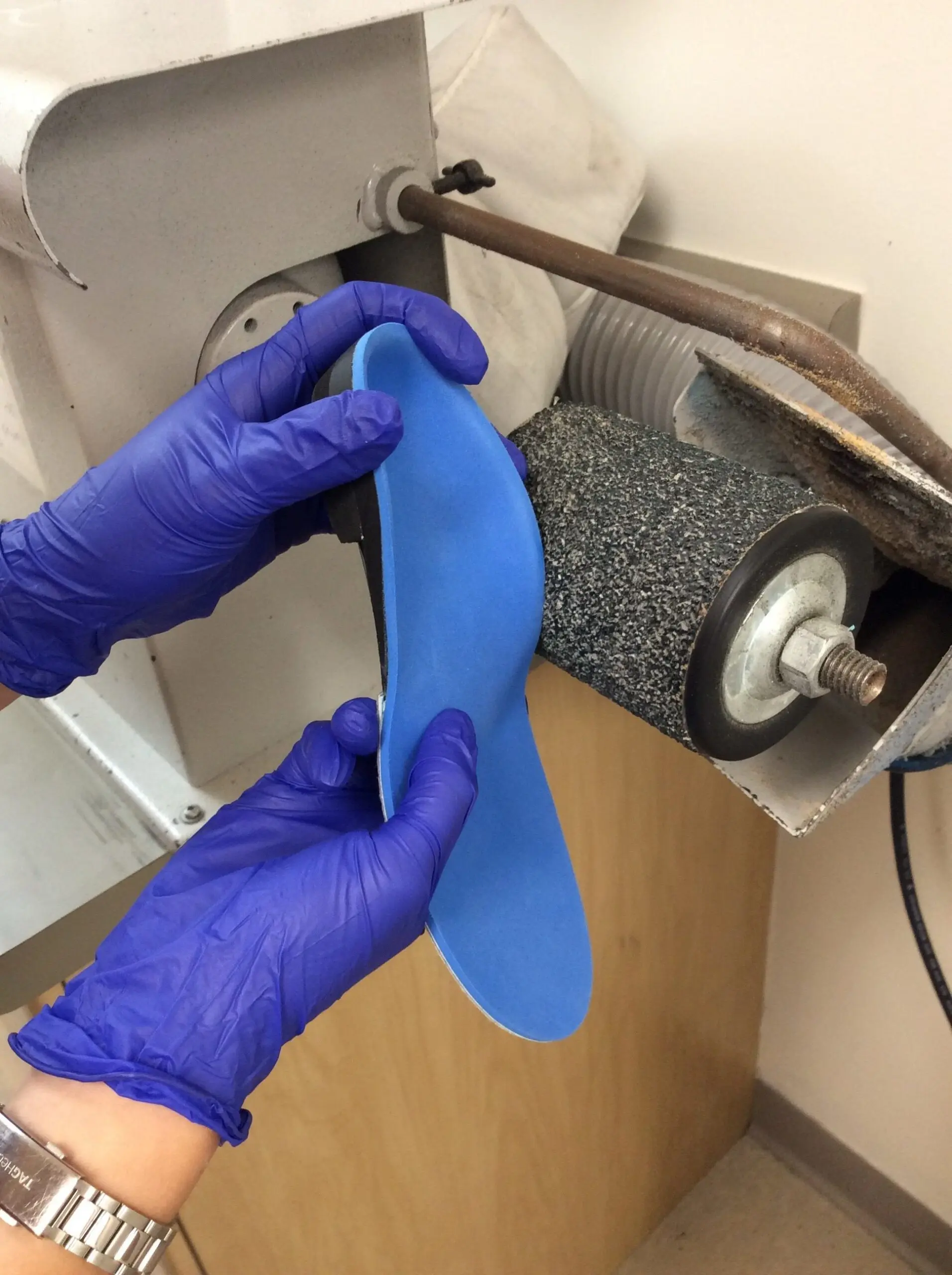
Shoes and Compression Socks
We have carefully sourced high quality products and we stand behind their quality. Please contact the clinic if you would like to purchase shoes or compression socks. We have orthopedic Footwear to fit all sizes of feet. Our staff will be happy to help find the right product and size for you.
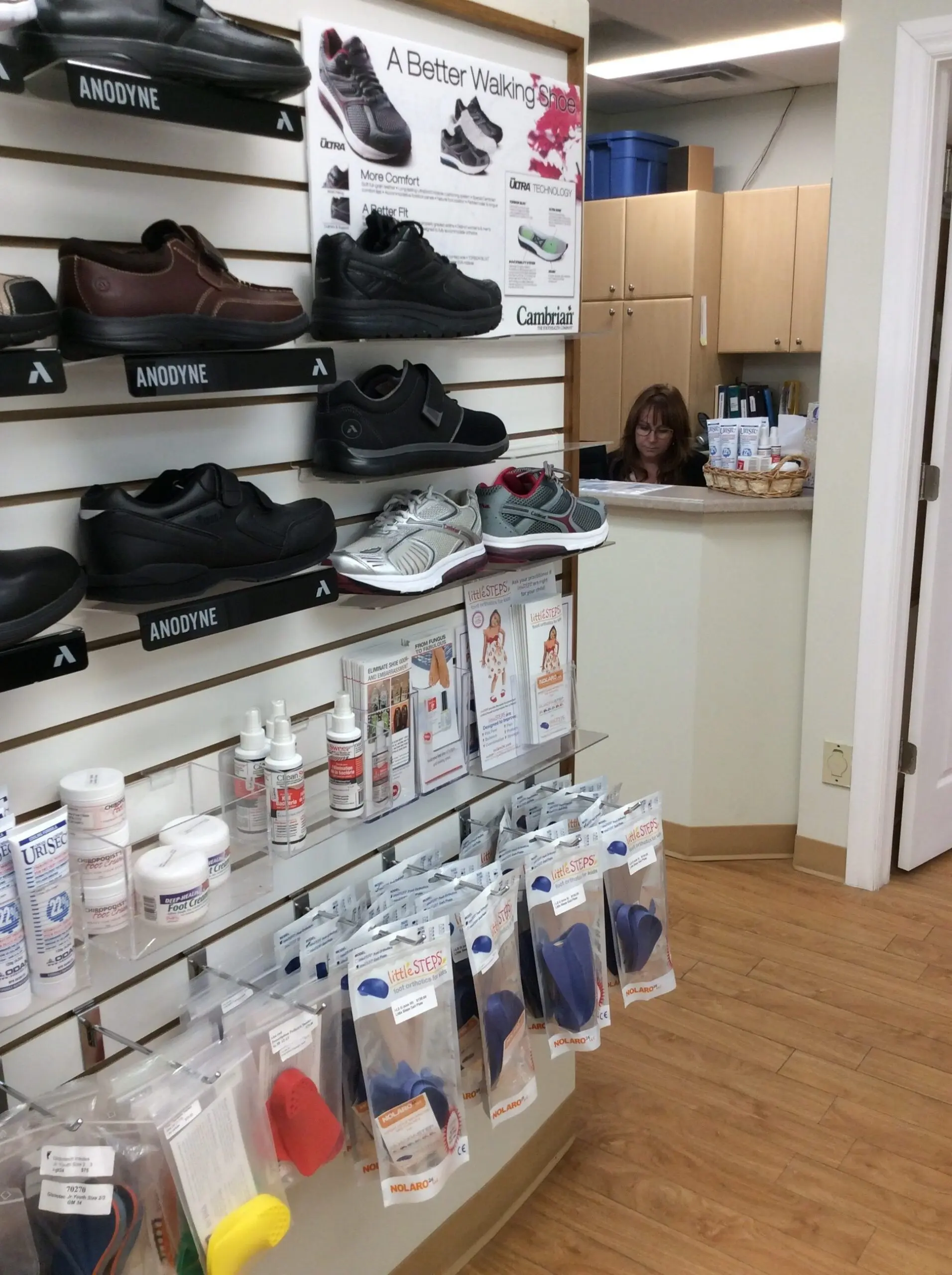
Sports Foot and Ankle Injuries
The foot and ankle can be injured at any age. Repetitive strain from overuse during activity, can occur, whether it is from daily use or use during sports activities. A careful assessment from one of our professional will isolate the source of the problem, and a plan to resolve the issue will be put into place.

Learn More about Your Foot Concerns
-
Heel Pain / Heel Spurs
Plantar Fasciitis (heel pain) is the most common injury that occurs at the heel and in the foot. It is caused by an over strain of the plantar fascia band, a ligament like structure that supports the arch of the foot. The symptoms of this condition are pain on the bottom of the heel, in chronic strain situations a heel spur may form. Commonly the heel is more painful in the morning and gradually wears off as the body starts moving.
-
Corns and Callus
A corn is a hard, circular-shaped thickened skin caused by pressure on a localized area of the foot. Corns are commonly seen on the tops of toes, between toes and on the ball of the foot area. They are painful when the foot is weight bearing.
Callus is dry, hard, thickened skin. It most commonly appears in the ball of the foot and around the heels due to excessive pressure and friction from repetitive rubbing or improper foot function. The shape of the foot can be the cause of this increased pressure. -
Warts
Plantar warts are caused by a virus called human papilloma virus that infects the sole of your feet. The virus enters the skin through a break in the skin and then develops into a wart. Warts can be single or in clusters and often have black dots on the surface. Plantar warts are usually painful, and difficult to treat because they are embedded in the thick skin on the bottom of the foot. Once you are infected with a wart virus, it can take a few months to develop into a wart.
-
Senior Foot Care
Sometimes seniors have trouble providing their own foot care. Cutting nails can be difficult if you can not see properly, or reach to provide foot care. For this reason many senors will seek professional care from a chiropodist at the Hibbert and Associates Foot Clinic.
-
Bunions
Bunions are most commonly found in the big toe. They are formed by an abnormal rotation of the bones in the toe, caused from an increase in pressure during walking. Skin lesions such as callus, Clawed toes, and osteoarthritis are common with bunions. Heredity and footwear can play a part in its appearance.
-
Fallen Arches / Flat Feet & High Arches
Fallen Arches / Flat Feet
Flat feet can be described as a loss of the arch in the foot. Flat feet can be due to the collapse of the mid foot resulting in the arch of the foot disappearing, or the rotation of the ankle and foot inward (pronation) to create a disappearance of the arch standing. The problems that commonly occur from flat foot are due to poor mechanics, instability and increased strain on the foot while walking.High Arches
This is when the arch of the foot is higher than the normal. This can be caused from tight musculature, a muscle imbalance or an inclined heel bone. The high arch can also be caused by a rotation of the ankle and foot outwards (supination). The problems that commonly occur from the high arched foot are poor shock absorption and increased stress on the foot. -
Ingrown, Thick, Fungal Nails
Ingrown Toe Nails
An ingrown toe nail occurs when a piece of the nail becomes embedded into the skin around it (usually the big toe). The skin around becomes inflamed, red and often infected. The toe is usually sore with pressure, walking and wearing shoes.Thick Nails
Thick nails are often discoloured and unhealthy looking. The most common cause of this condition is trauma to the toe nail bed, repetitive rubbing or infection of the nail. Nail care is required for this condition.Fungal Nails
A fungal infection of the nail often appears discoloured, misshapen, crumbly and brittle. This type of infection usually occurs when a nail is damaged and the feet are in moist environments. An appointment is required to properly diagnose this condition, and appropriate treatment prescribed. -
Dry Cracked Skin, Athletes Foot
Dry Cracked Skin
When the skin becomes dry, cracks can form in high pressure areas. Callus forms more readily in dry areas and if severe enough fissures may form as the skin is stressed. Fissures create the potential for infection and re occurrence.Athlete’s Foot
Athletes foot is a fungal infection (Tinea Pedis) of the skin, it usually occurs between the toes or on the bottom of the foot. Fungus grows in dark, warm, moist areas of the skin; inside the shoes is an ideal setting. Symptoms that usually occur are pain, itching, redness, cracking blisters and scaling of the skin. -
Foot and Ankle Injuries
Sprains
A sprain is a soft tissue injury to the ligaments that surround the joints. The most common area of the foot to sprain is the lateral ligaments of the ankle from a sharp, sudden inversion movement. After ligaments are injured, inflammation and swelling occurs, as well as possible bruising. The joint will be painful when weight bearing.Stress Fractures
When bones are repeatedly loaded, the structure is weakened and a hairline crack in the bone can occur, this is called a stress fracture. Increased pounding puts more stress on a bone than it can handle. This type of injury presents with local tenderness on palpation and swelling of the soft tissue skin around it.Achilles Tendonitis
Over use or sudden movement of the Achilles tendon can result in an inflammation of the tendon called tendonitis. This inflammation can result in degeneration or even a rupture in severe cases. The strength and position as well as the alignment of the ankle, leg and knees play a major role in this injury. Excessive pronation of the foot, and high arches are predisposing conditions for this injury. The symptoms of this condition are a burning/pricking pain at the back of the heel and pain as the heel lifts off the ground.Shin Splints
A shin splint occurs when a muscle is irritated or tears at its insertion to the bone. Most commonly this occurs in the Tibialis Anterior muscle at its insertion to the Tibia (shin) bone. Muscle imbalance, muscle weakness and poor mechanics of the foot are causes of this injury. This condition manifests as a dull aching pain in the lower leg.Turf Toe
Turf toe occurs when there is a jamming or forced over extension of the big toe. Trauma to the capsule of the big toe occurs, causing ligament sprain and bone damage preventing proper toe off during gait. This injury is associated with artificial turf and shoes which are too soft and flexible. The joint feels tender, swollen and painful. -
Neuritis, pinched nerve or Neuroma
Nerve irritation commonly occurs in the ball of the foot. A pain associated with the nerve can be caused from the nerve being pinched or crushed between two joints rubbing closely together. The nerve can be stretched in high pressure areas. Neuritis is an inflammation of the nerve. A neuroma is the formation of a lump on the nerve caused by chronic neuritis.
-
Wound Care
The skin is our most important barrier to bacterial infection. If the skin is broken by trauma causing a cut, scratch or a blister, a bacterium has the opportunity to invade the skin and grow. If a person has poor circulation, neuropathy or dry skin, there is an increased risk of a bacterial infection because the body’s ability to fight infection can be weakened and may allow a wound to develop.
-
Diabetes
Diabetics patients often have problems with their feet for two reasons, poor circulation and neuropathy. Decreased blood flow to the feet means there is less oxygen and nutrients to the skin. As a result, the skin can become dry and cracked, nails weaken and feet swell. Healing time can also be impaired and there is a greater risk of infection as a normal injury takes longer to heal and more serious problems can develop such as wounds and ulcers. Diabetics often experience numbness or loss of sensation in their feet. This leads to a person being unaware of pain or injury to their feet. Without any sensation, injuries are often left untreated. Damaged nerves lead to toe deformities, such as bunions and hammer toes, which can cause further damage to the foot.
Diabetic patients, should be monitored carefully by a chiropodist for vascular and neurological changes, and receive regular foot care.
-
Hammer, Claw Toes
Hammer Toes
Hammer toes are bent toes that will not straighten. It can occur in any of the small digits but is most commonly seen in the toe next to the big toe. Callus and corn formations are common with this condition, and require chiropody care.Claw Toes
This is when the toes are bent and the toe curls inwards towards the foot. Problems can arise with this condition due to an increased pressure on the top and end of the toes. This condition occurs in the small toes and can be caused by ill fitting shoes or a muscle imbalance within the foot. Corns and Callus are common with claw toes. -
Arthritis
Osteoarthritis is a disease of the joints in which there is damage to the bones and possibly the cartilage, synovial membrane, ligaments and soft tissue. Rheumatoid Arthritis is an autoimmune systemic disease involving the joints. Arthritis in the feet can lead to joints being painful, out of place and possibly dislocation. Flat feet and toe deformities are common as this condition worsens.
